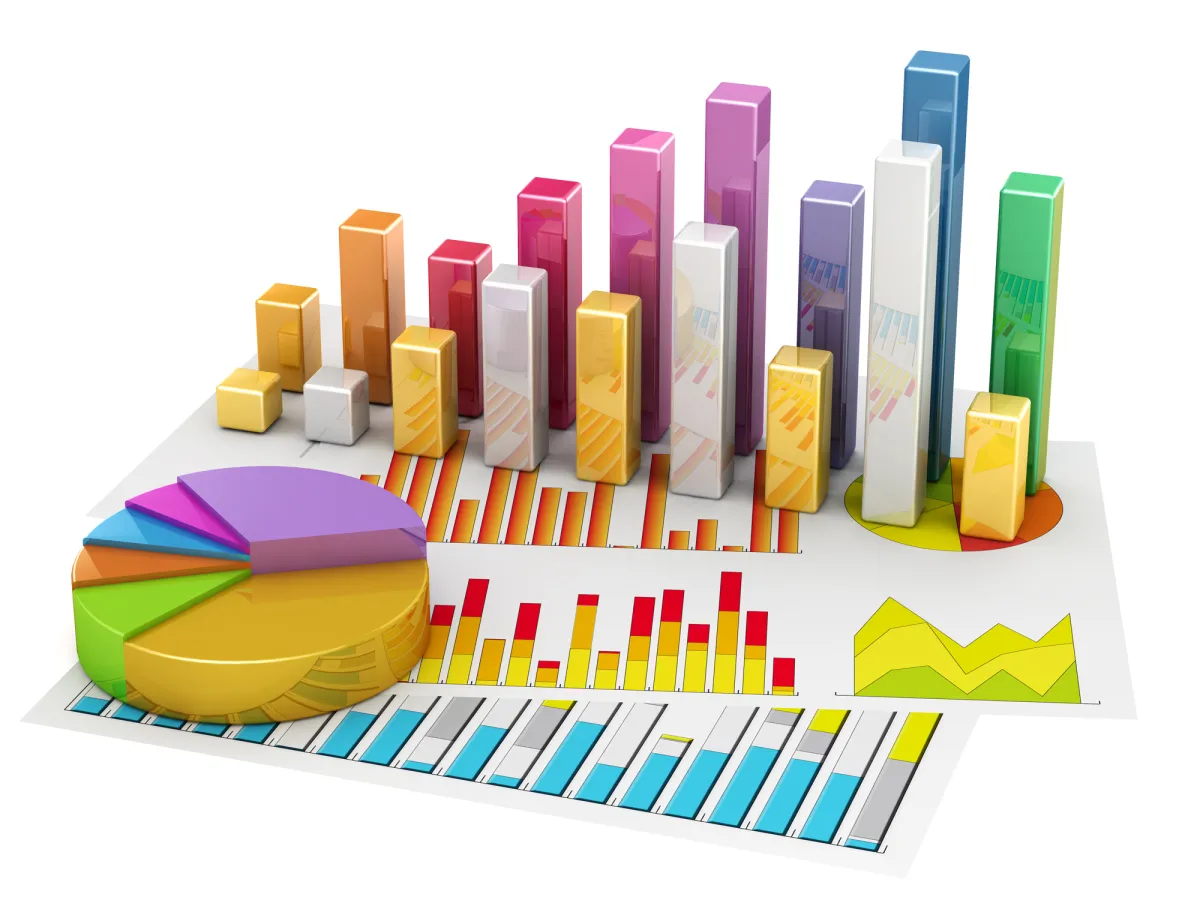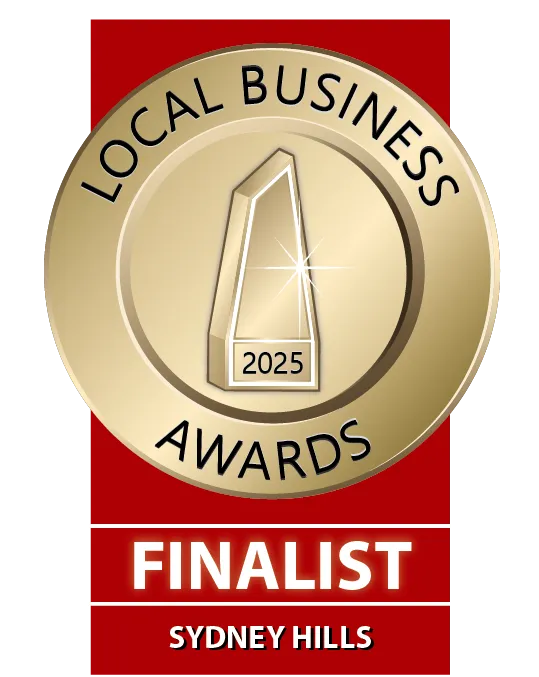About to Buy an Investment Property?
Growing Your Existing Property Portfolio?
It pays to chat with Investfox first.
Here’s why.
Real estate investment is a great way to build your wealth and investors can build passive income and set themselves up for a comfortable, or even early retirement.
Why our company is the perfect partner for you?
Looking for a high growth, high yield property
Cash Flow
Inflation Protection
Capital Appreciation
Extensive Research
Targeted Markets
Transparency

Free Resources
How to Think and Buy Property Like A Pro’ Investor
This guide has been written in an effort to help educate all real estate investors regardless of their experience. Dedicated to all investors who want the very best deals!
Which property type is right for you.
Why Income-generating Real estate.
How to find the best property markets and neighbourhoods(Before everyone else).
Don’t know where to start?
Take your investment journey further with a personalized assessment and strategy session
At Invest Fox, our property investment strategies ensures that you have the right advice and information to maximize success through the combination of capital growth and rental yield. Our Personal Strategic One-on-one no obligation free session with you can help achieve your financial goals and make wealth for your future.

Invest with confidence
Real estate investing is a proven way to build passive income and equity from appreciation and rental income. We provide the knowledge, resources , and investment properties YOU need to achieve financial freedom!
Get access to Exclusive properties
We work with leading developer partners to provide our investors with a range of quality properties to meet their needs and financial goals.
Buy cash flow positive properties
We help our investors to buy positive cash flow properties, to follow their desire of passive income and retire early to spend quality time with their loved ones
Negotiated deals
We negotiate all opportunities to offer streamlined services to our Investor partners/bulk buyers and find best deal at right location and right price.
Book Discovery Session
Would you like to speak to an expert?
We Only Offer Excellent Service
See Our Newest Blogs

Essential Real Estate Statistics Every Buyer/Investor Should Be Familiar With
The Australian real estate market is a dynamic and demanding arena where success must be earned by real estate agents and property management professionals. Knowledge is a potent asset, and for many, real estate statistics serve as the most effective means of delivering that knowledge.
Today, we'll explore 50 of the most crucial, enlightening, and captivating real estate statistics. These statistics provide you with a profound market insight and equip you to outperform your competitors in the industry.
FIRST HOME BUYER STATISTICS
According to data from the ABS in 2019, 55% of recent first home buyers were from households where the reference person was under 35 years old.
The average age of first home buyers has shown an upward trend. In 1995-96, the mean age for purchasing either a new or established dwelling was 33. However, this age has since risen to 35 for a new dwelling and 36 for an established dwelling, as reported by AHURI in 2019.
HOUSING AFFORDABILITY STATISTICS
Housing prices in Australia have seen an increase, outpacing the growth of household incomes. In 1990, the average households valued their homes at approximately four times their average household income, but by 2011, this ratio had risen to nearly six times the average household income, as reported by The Conversation in 2015.
In the 2017-18 period, Australian households allocated an average of $311 per week toward housing expenses. However, these costs vary depending on tenure types, with homeowners without a mortgage spending $53 weekly, homeowners with a mortgage allocating $484, and renters paying $366, according to the ABS in 2019.
The average weekly housing costs for households exhibit regional disparities across various states and territories. It reaches its peak in the Northern Territory at $394 and is at its lowest in Tasmania, standing at $207, based on data from the ABS in 2019.
PROPERTY MARKET STATISTICS
The Australian property market consists of around 9.9 million private residences, housing an average of 2.6 residents and 1.8 motor vehicles per dwelling, as reported by the ABS in 2016.
The average number of bedrooms per dwelling was 3.2, as per the ABS in 2019.
In 2016, the median monthly mortgage repayment stood at $1,755, and the median weekly rent was $335, according to the ABS.
As of mid-2019, Melbourne experienced the fastest annual population growth at 2.3%, followed by Brisbane at 2.1%. In contrast, Darwin had a net reduction of -0.8%. These statistics were reported by the ABS in 2020.
Australian homes have been decreasing in size, hitting a 22-year low of 186m² in 2018, compared to a record high of almost 220m² in 2009. Nevertheless, they remain the second largest in the world, following the United States, as indicated by Commsec in 2018.
Due to factors such as cost and location, an increasing number of buyers are opting for units over detached houses. In 1993, only 22.7% of all dwelling sales across the nation were for units. In 2018, units accounted for 29.6% of all sales, with some cities seeing them make up over 40% of all sales, according to Aussie in 2018.
In 2016, there were 1,214,372 occupied apartments and 6,343,419 occupied separate houses. This represented a 78% increase in the number of occupied apartments (excluding townhouses) compared to 1991 figures, according to the ABS in 2017.
About 47% of the 1,214,372 occupied apartments are located in New South Wales, while 23% are in Victoria, and 17% in Queensland, based on data from the ABS in 2017.
HOME OWNERSHIP AND RENTER STATISTICS
According to AIHW data from 2020, 67% of Australian residences are under owner occupancy, while 32% are leased.
In the 2017-18 period, 32% of Australian households rented their homes from various types of landlords, with 27% renting from private landlords and 3% from state or territory housing authorities, as reported by the ABS in 2019.
Tasmania boasts the highest rate of home ownership at 72% and the lowest rate of renters at 26%, whereas the Northern Territory exhibits the opposite trend, with 59% homeowners and 39% renters, as per data from savings.com.au in 2019.
In comparison to the 1997-98 figures, there has been a decrease in households that fully own their homes, declining from 40% to 30%, and an increase in households with mortgages, rising from 31% to 37%, according to the ABS in 2019.
The average loan size for owner-occupiers has grown from $81,500 in 1993 to $388,100 in 2018, as indicated by Aussie in 2018.
A projection from the AFR in 2020 suggests that the overall rate of home ownership is expected to decrease to approximately 63% by 2040.
PROPERTY INVESTMENT STATISTICS
According to PropertyMe in 2020, 15.7% of Australian taxpayers possess an investment property.
Approximately 70% of property investors own a single investment property, with an average of 1.28 properties per investor, as reported by CoreLogic in 2016.
In 2017, the ATO stated that 19% of investors own two properties, while fewer than 10% own three or more.
The percentage of property investors who are female has increased by 20% in the last decade, reaching 47% (PropertyMe, 2020).
Over the 25-year period from 1993 to 2018, Australia's average house prices surged by 412%, surpassing inflation (86%) during the same period. Melbourne experienced the most significant increase in property values among capital cities, followed by Sydney and Perth, as per data from Aussie in 2018.
In early 2020, the median house price in Australia stood at $810,000, while the median unit price was $565,000, according to Domain in 2020.
When examining investment-owned dwellings by state, Victoria has the highest proportion at 30.5%, followed by Queensland at 28.5%, and New South Wales at 26.3%, based on CoreLogic's data from 2016.
PROPERTY MANAGEMENT STATISTICS
Around 41,000 individuals are employed in property management in Australia, as reported by IBISworld in 2020.
The typical full-time property manager works an average of 43 hours per week, according to joboutlook.gov.au in 2016.
A significant majority, 75% of Australian property managers, work full-time, as indicated by joboutlook.gov.au in 2016.
The median salary for an Australian property manager is $51,000, with an additional $11,000 in bonuses, commissions, and profit-sharing arrangements, based on PayScale's data from 2020.
A majority of Australian property managers, accounting for 67%, are female, according to joboutlook.gov.au in 2016.
Approximately 54% of Australian properties are under the management of a property manager, according to REIA in 2015.
There is a notable prevalence of renters in the 15 to 24 (86% renters) and 25 to 34 (61% renters) age brackets, which then significantly drops for the 35 to 44 age bracket (37% renters), as per data from savings.com.au in 2019.
The residential property leasing and management industry revenue is projected to reach $5.5 billion in 2020, according to IBISworld in 2020.
An overwhelming 89% of property managers stated that floor plans and videos were not a priority inclusion in their property listings, as reported by rent.com.au in 2016.
The majority of property management department inquiries, amounting to 83%, are received via email, followed by phone at 11.11% and walk-ins at 5.56%, as per data from rent.com.au in 2016.
About 64% of property managers consider communication a key area of focus moving forward, according to rent.com.au in 2016.
REAL ESTATE MARKETING STATISTICS
According to Jellis Craig Real Estate, promoting a property with a video led to a 403% surge in inquiries (Property Observer, 2012).
The "About" page ranks among the top three most frequently visited pages on a real estate agency's website, as revealed by Carrot in 2018.
On average, Australians dedicate one hour and 39 minutes of their day to social media use, as reported by Hootsuite & We Are Social in 2018.
Salesforce in 2016 noted that Australia boasts the highest click-through rate (CTR) for Facebook ads globally.
According to the National Association of Realtors in 2015, staged homes in the US sell 30% to 50% faster and for 10% to 20% more.
In 2019, realestate.com.au recorded 8.7 million unique visitors, representing roughly one in every three Australians, and 60% of these visitors exclusively used the site (realestate.com.au, 2019).
Estate Agents Cooperative reported in 2018 that 70% of buyers and renters anticipate encountering virtual tours in property listings.
REAL ESTATE AGENT STATISTICS
The real estate sector employs approximately 120,000 individuals, including 65,000 who work as business brokers, property managers, principals, real estate agents, and representatives, according to REIA data from 2011.
On average, Australian real estate agents receive an annual salary of $48,000, coupled with bonuses and commissions totaling $28,000, as indicated by PayScale in 2020.
Real estate agents in the Gold Coast earn 14% more than the national average, while those in Adelaide earn 20% less, based on PayScale's data from 2020.
In 2018, real estate agencies collectively generated an estimated $2.8 billion in revenue, as reported by Statista in 2020.
While Ray White Group is the largest player in Australia's real estate market, no single company commands a market share of more than 5%, according to IBISworld in 2019.
CoreLogic's 2015 data suggests that 68% of individuals would recommend their real estate agent to friends or family.
REAL ESTATE STATISTICS INFOGRAPHIC

Please share your opinions sending an email to [email protected]

Book Discovery Session
Would you like to speak to an expert?
Honored to be recognized in prestigious business awards!
Thank you for your support as we continue to strive for excellence.


Important Disclaimer - We Are Not Financial Advisors
At InvestFox Property Group, we strive to provide accurate insights, figures, and resources to support your property investment journey. However, it is essential to understand that we are not financial advisors. Our role is to empower you with information to make informed decisions, but all investment choices should be made based on your own research and due diligence.
We strongly recommend seeking independent legal, financial, taxation, or other professional advice to ensure that any information aligns with your specific circumstances. InvestFox Property Group accepts no liability for any losses incurred, whether due to negligence or otherwise, from the use or reliance on information provided through our website, consultations, social media, videos, seminars, or any other form of communication.
All information shared by InvestFox Property Group is purely informational and does not constitute financial product advice

Copyright©InvestfoxProperty Group. All Rights Reserved.
